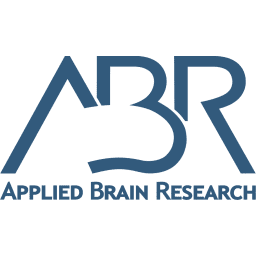
Applied Brain Research extends battery life with ultra-low-power AI algorithm
EP&T Magazine
Automation / Robotics Electronics Embedded Systems Engineering AI AI AI speech deep tech signal processing signal processing systems visionDeep tech startup creates algorithm that enables advances in ultra-low-power AI speech, vision and signal processing
Toronto-based developers of neuromorphic computing Applied Brain Research (ABR) unveiled a new algorithm that enables advances in ultra-low-power AI speech, vision and signal processing systems for always-on and edge-AI applications, extending battery life while making them more accurate. 
ABR’s announcement demonstrates the potential to realize ultra-low-power instantiations of a large class of algorithms that learn patterns in data, spanning extraordinarily long intervals of time.
Existing LSTM technology failures
Current algorithms, like Long Short-Term Memories (LSTMs), can learn and predict sequences of data for long periods of time and make it possible for neural networks to learn to process data like speech, video and control signals. Present in most smart speakers and voice recognition systems, LSTMs are said to be the most financially valuable AI algorithm ever invented (Forbes). LSTMs fail when tasked with learning temporal dependencies in signals than span 1,000 time-steps or more, making them very difficult to scale and limit commercial application.
ABR’S breakthrough algorithm
This new algorithm – the Legendre Memory Unit (LMU) – is a neuromorphic algorithm for continuous-time memory that can learn temporal dependencies over millions of time-steps or more. The algorithm is a new RNN architecture that enables networks of artificial neurons to classify and predict temporal patterns far more efficiently than LSTMs.
- The LMU is mathematically derived to implement the continuous-time dynamical system that optimally maintains a scale-invariant representation of time.
- The ABR LMU obtains the best-known results on permuted sequential MNIST, a difficult RNN benchmark, and has been shown to scale to input sequences spanning hundreds of millions of time-steps.
- The resulting patterns in spiking activity have also been linked to neural “time cells” observed in the striatum and medial prefrontal cortex in mammalian brains.
Unlike the LSTM, the LMU can be implemented using spiking neurons, thus demonstrating an algorithmic advance that is anticipated to provide leaps in efficiency for solutions to dynamical time-series problems using low-power neuromorphic devices.
—————————————————————-
ABOUT APPLIED BRAIN RESEARCH INC
- ABR is the maker of the Nengoneuromorphic software development suite which includes the world’s leading multi-platform, visual neuromorphic software compiler, runtime and spiking deep learning platform.
- Using ABR’s neuromorphic tools, the team at ABR has built Spaun, the world’s largest functional brain model and builds real-time, full-loop AI “brains” for customers in the military, self-driving car, IoT and smartphone markets.
